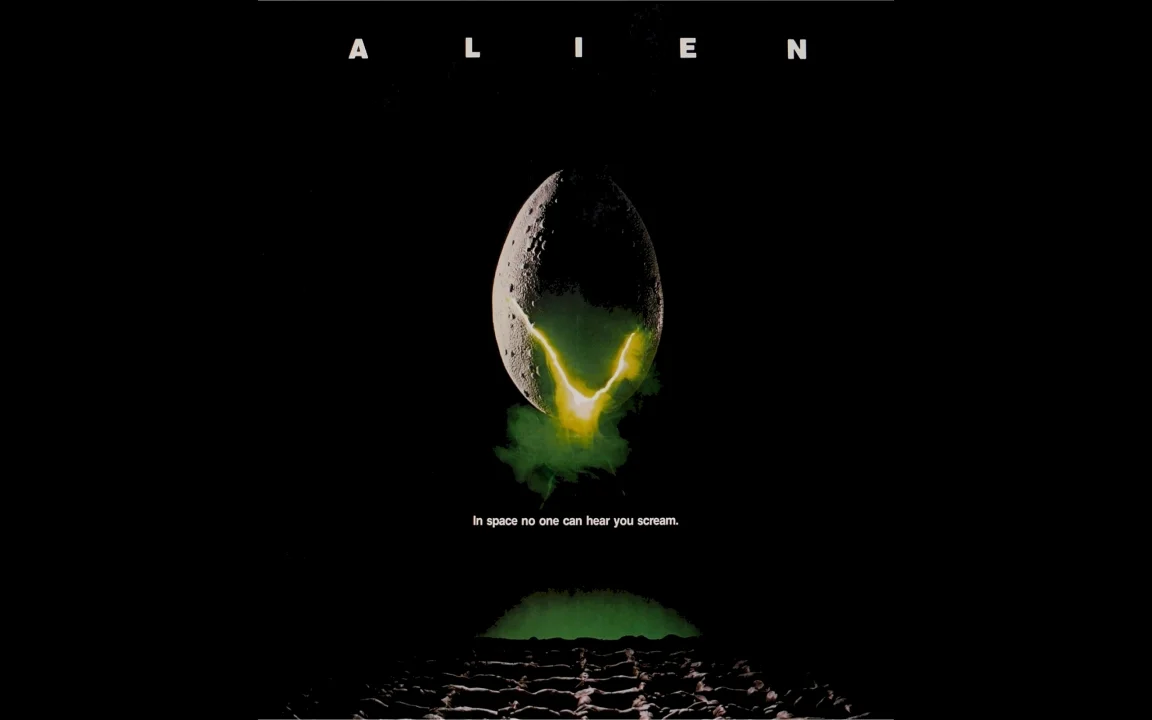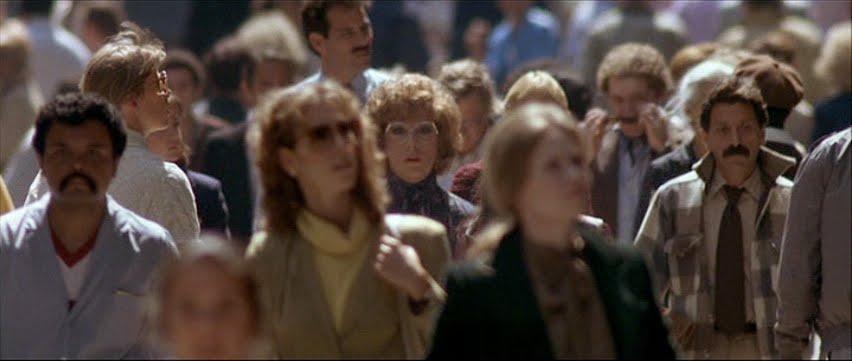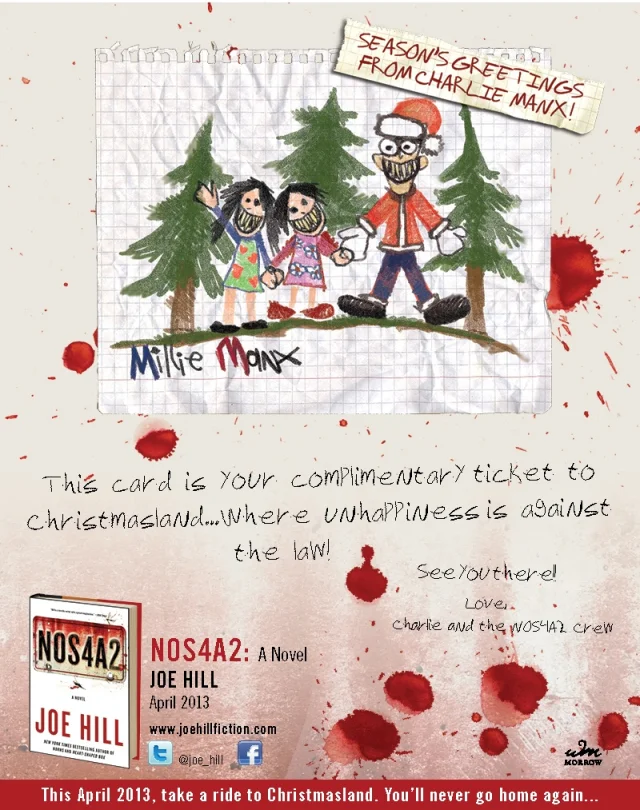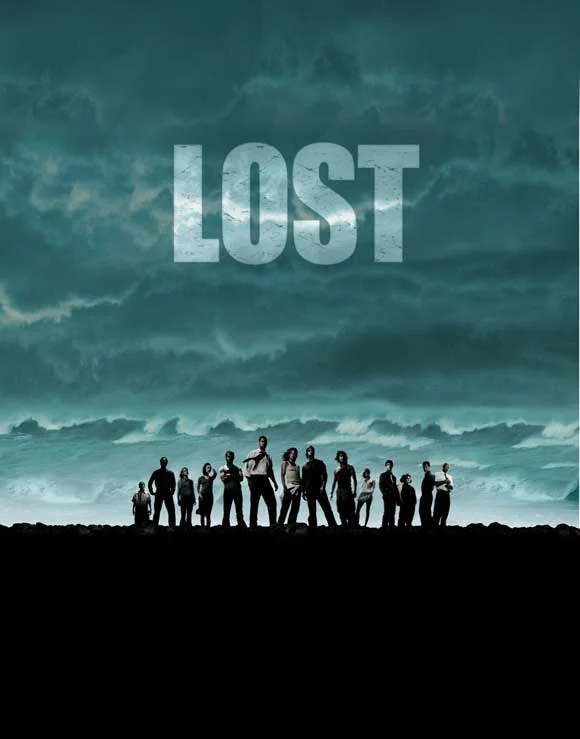Let’s start with, Tootsie, one of the great screen comedies of all time, a movie I’ve referenced before in Rule #3. Tootsie is a movie with a variety of worlds, every one of which has been thought out in great detail, details that then begin to both inform and deepen the story. There is first the overriding world of New York City. While Tootsie might not be as classic a New York movie as any number of Sidney Lumet or Woody Allen movies, it is a thriving backdrop to the film and the world of NYC is used to great effect. One such example being how taxis figure prominently into the characters lives. This is a detail the writers discover, which enables them to then use it to comic effect a number of times in the movie.
There is the world of the New York actor, also detailed brilliantly, setting the stage for the initial jumping off point of an actor, Michael Dorsey, being so desperate for work he dresses up like a woman, Dorothy Michaels, and ends up landing a part on a soap opera, Emily Kimberly. Which leads to the world of the soap opera. Any milieu in which you stick your character you yourself need to know better than anyone. In Tootsie, the writers (and actors) studied the world of soap operas in depth. They investigated this world until they knew every fact possible. Did every fact make it into the screenplay? No. But as the screenplay was crafted and then the movie filmed, these details helped flesh out the genius that ended up on screen.
Here’s an example of how your research can inform plot. We often see events occur in movies where we think, ‘That would never happen’ but it was apparent the writer had to get from ‘A’ to ‘C’ so he contrived an unbelievable event to bridge the gap. Bad writing. He probably didn’t do his detail work. In Tootsie, when Michael Dorsey (Dustin Hoffman) gets the part of the new female administrator of Southwest General Hospital, he meets and begins to fall in love with Julie Nichols (Jessica Lange), an actress who plays a nurse on the show. These two characters do not know each other, other than a couple of quick hellos and a fast scene in which they acted together. Yet the writers need a fast and believable way to throw them together so the story can continue. This is made doubly difficult by the fact she is dating the director of the soap and spends most of her time off set with the director, or with her baby at home. What to do?
Well, doing their research, the writers discover that soap opera work is grueling. For actors, soaps are one of the most difficult jobs in the business. Sometimes actors on soaps have to learn 25-50 pages of dialogue over night, or more! Michael is believably reticent about approaching Julie, and were he to be aggressive at this point about pursuing her, it would make no sense and be a contrived plot device. Yet we need them together to further their relationship… what to do, what to do… wait! We know from our research how many pages these actors have to learn overnight. Many actors can move much faster rehearsing and memorizing together than alone. Aha! What if Julie asks Dorothy/Michael over to her house for dinner to rehearse for tomorrow’s scenes?
INT. DRESSING ROOM CORRIDOR – DOROTHY
Thinking. As she passes Julie’s dressing room:
JULIE’S VOICE
Some day, huh?
Dorothy moves to doorway. Julie sips white wine.
DOROTHY
Does this happen often?
JULIE
Every so often… We actually had to do it live once. You should have seen Van Horn’s face — of course, you couldn’t see Van Horn’s face — he was so panicked, they had to shoot him from the back. Dorothy… I know this is just what you want to hear but — we’ve got 26 pages tomorrow. If you could find it in your heart to come over and run it with me; we could have something to eat. I’m a born defroster.
And so Dorothy/Michael goes to Julie’s apartment for what he considers ‘our first date’. And the writers have a believable reason, born from their detailed research, to get these two together.
Everything in Tootsie has been thought out this way, much of it based on detail work the writers did about the various worlds. Note how in the above dialogue they throw in a reference to taping live… Soaps? Tape live? It happens. And when the writers find out that can actually happen, it enables them to come up with a way Michael can get off the soap in one of the most hilarious finales on film.
(Note the writers also do their set up and payoff work here, an upcoming rule… knowing they are headed to a live scene, they subtly set up this possibility with a few references such as the above throughout the film, so when it finally does occur, we don’t think it some wild plot device, it seems believable.)
Tootsie abounds brilliantly with detail work that adds to the story. Each little detail the writers discovered about the soap… how the filming works, do they ever have to play live, how do dressing rooms work, what does the crew do… all slowly creeps into the script beautifully, which leads to wonderful payoffs. But the details don’t even need to pay off in a big way. They simply add depth, to the milieu and also to character. Even crew members of the soap opera who have only two lines are vivid, well thought out characters that stay in the audience’s mind.
There are many other worlds in Tootsie. The restaurant where Michael and his roommate work, for instance. The kitchen of this restaurant is only in one scene but, having worked as a waiter for 10 years myself, I can tell you that in the one short scene that occurs in the restaurant kitchen, the filmmakers absolutely nail the chaos and world of a restaurant kitchen on a busy night. We also have: Michael and Jeff’s apartment, Julie’s family farm, Julie’s apartment, etc etc. By the end of the movie, the audience could describe in detail each world, these worlds are so well drawn.
Think of your favorite movies and I bet they are movies where the worlds were thought out in great detail. Want to watch some some incredible examples? The Taking Of Pelham 123(original version! Original version!) uses the world of NYC and the subway transit system to genius effect. It’s my favorite New York movie, even more than Annie Hall and Pelhamis also one of my favorite films I’ve ever seen. Talk about a genius script.























